Description
What is a 2G 3G 4G Antenna Flat Blade LTE Antenna Patch Adhesive Antenna?
The Flat Blade LTE Antenna CTRF-ANTENNA-PA-7027-11522-SMA is a 4G full-band frequency including 2G 3G 4G Antenna Cellular NB-IoT antenna manufactured by C&T RF Antennas Inc.
The 2G 3G 4G Antenna Flat Blade LTE Antenna Patch Adhesive Antenna Comes with an SMA standard connector antenna and RG 174 cable extender dipole array antenna for IoT M2M industries.
C&R RF Antennas Inc supplies the Flat Blade LTE Antenna Patch Adhesive Antenna with the WiFi 2.4GHz frequency wireless band, Lora 433MHz, Lora 868MHz, Lora 915MHz, GPS GNSS, 3G GSM, 4G LTE, 5G NR along with the WiFi 5.8GHz frequency band.
The 2G 3G 4G Antenna Flat Blade LTE Antenna Patch Adhesive Antenna is supplied by C&T RF Antennas Inc, the leading internal-external LTE 4G antenna manufacturer in China.
C&T RF Antennas Inc provides RF antennas with other antenna radio frequencies such as 169MHz, 230MHz, 315MHz, 433MHz, 868MHz, 915MHz, Lora, NFC, VHF&UHF, NB-IoT, ADS-B, GSM, Wifi 2.4GHz, 5.8GHz, 2G 3G 4G LTE, GPS, GNSS, 5G NR, UWB, Cellular, etc.
We provide indoor & outdoor wireless antennas with many antenna types such as Dipole Antennas, Whip Antennas, Marine Antennas, Router Antennas, MIMO Antennas, Combo Antennas, PCB Antennas, FPC Antennas, Spring Antennas, Sector Antennas, Yagi Antennas, etc., for IoT & M2M industries.
Contact us for more details on the 2G 3G 4G Antenna Flat Blade LTE Antenna such as the Flat Blade LTE Antenna datasheet, Flat Blade LTE Antenna pricing, and inventory on the Flat Blade LTE Antenna.
2G 3G 4G Antenna Flat Blade LTE Antenna Patch Adhesive Antenna Specifications
2G 3G 4G Antenna Flat Blade LTE Antenna Patch Adhesive Antenna Electrical Specifications |
|
| RF Antenna Type | Flat Blade LTE Antenna |
| Model | CTRF-ANTENNA-PA-7027-11522-SMA |
| Frequency Range | 698-960MHz; 1710-2700MHz |
| Gain | 2/4dBi |
| VSWR | ≤2.0 |
| Impedance | 50 Ω |
| Polarization | Vertical |
| Directional | Omnidirectional |
| Connector | SMA Male |
| Cable Type | RG174 |
| Cable Length | 150MM |
| Max Power | 20W |
| Lightning Protection | DC-Ground |
2G 3G 4G Antenna Flat Blade LTE Antenna Patch Adhesive Antenna Mechanical Specifications |
|
| Dimension | 115*22*4mm |
| Weight | Approx. 20g |
| Radome Material | Plastic ABS |
| Operation Temperature | – 40 ˚C ~ + 80 ˚C |
| Storage Temperature | – 40 ˚C ~ + 85 ˚C |
| Color | Black |
| Antenna Design | Dipole Array |
| Mounting | Adhesive Tape Mounting |
| SafetyEmission and other | RoHS Compliant |
| Applications | ISM/SCADA/Utilities, IoT/NB-IoT/LoRa, 4G LTE/LTE-IoT/GSM/GPRS/WCDMA/UMTS, etc. |
2G 3G 4G Antenna Flat Blade LTE Antenna Patch Adhesive Antenna Front View
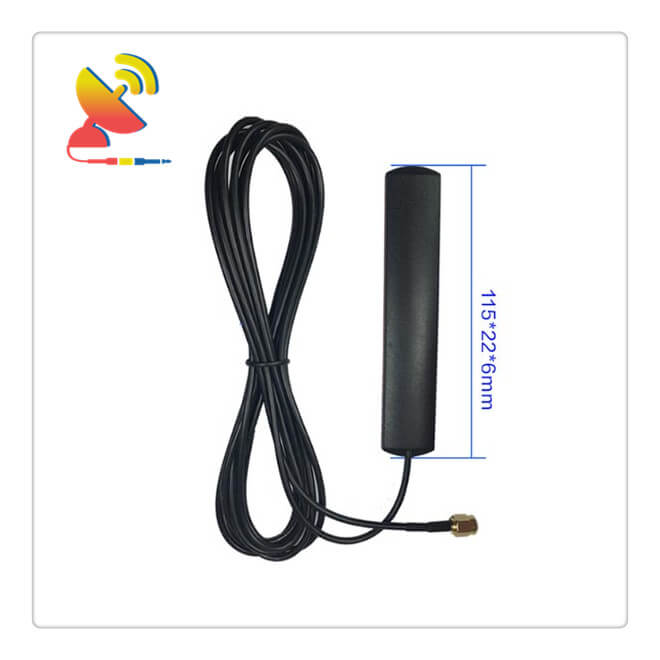
2G 3G 4G Antenna Flat Blade LTE Antenna Patch Adhesive Antenna video
How to test 4G wireless communication
Next, I will talk about the status of 4G wireless communication testing from four perspectives: system equipment testing, chip, and terminal testing, radiofrequency testing, and network planning and network optimization testing.
1. 4G system equipment testing: vector signal source and signal analyzer
The vector signal source and vector signal analyzer are high-end general electronic measuring instruments for the development, production, and conformance testing of communication equipment such as base stations. Their technical characteristics are mainly reflected in the following aspects.
First, in terms of frequency, PLL, DDS, fractional frequency, and frequency multiplication are used to support continuous coverage of a wide frequency band from several kHz to several GHz.
The frequency resolution can reach 0.01 Hz. In addition, the spectral purity is high, harmonic suppression, Spurious, and noise processing can meet higher index requirements;
Second, in terms of amplitude, vector signal sources and analyzers usually have a large dynamic range of more than 150dB, a high resolution of 0.01dB, and an accuracy index of ±1dB, good linearity, substantial attenuation reduction, crosstalk, and noise suppression performance Excellent, and adopts automatic level control and temperature compensation;
Third, in terms of vector performance, with the significant increase in bandwidth requirements in the 3G to 5G era, the realization of large bandwidth faces the compensation of amplitude and phase consistency.
The contradiction between the high sampling rate of ADC and high bit width, and the difficulty of FPGA design under high clock frequency a series of technical difficulties, such as the increase of multiples, how to guarantee tens of Gbps high-speed data transmission;
Fourth, in terms of engineering development, in order to ensure high reliability of testing, the hybrid system composed of operating systems, digital circuits, and radiofrequency circuits is more complex;
Fifth, in terms of application development, vector signal sources, and analyzers are usually based on a unified platform to support multiple applications under multiple communication standards, such as wireless communication (2G/3G/4G/4.5G/5G, IEEE 802.11xx), satellite navigation, radio, etc.
New applications are also driving the technological evolution of instrumentation.
Sixth, in terms of the number of channels, with the application of MIMO technology, multi-channel MIMO signal sources and analyzers are also one the directions of technological evolution. Of course, they also bring challenges to the reliability of the instrument system and electromagnetic compatibility design.
2. 4G system equipment test: wireless channel simulator
In addition to familiar signal sources, signal analyzers, and other general instruments, there is also an important high-end test instrument in communication testing: a wireless channel simulator.
Channels are one of the foundations of wireless communication physical layer technology research. MIMO channels have been a research hotspot in academia in recent years.
The MIMO channel simulator is an instrument that accurately and repeatably simulates a complex wireless channel environment under laboratory conditions. It has some similar technical features to signal sources and signal analyzers, such as wide frequency bands and large bandwidth.
In addition, due to the two-way link characteristics of the channel simulator, high requirements are placed on the channel isolation index and multi-channel RF consistency of the wideband RF front-end;
Due to the complexity of the MIMO channel, the realization of the mathematical model is important for baseband operations Resource, data exchange rate, etc. are very demanding.
Therefore, the design of baseband and algorithm architecture is extremely important.
In addition, with the continuous in-depth study of 3D MIMO/Massive MIMO and high-frequency channel characteristics, the method and architecture of channel simulation are gradually evolving.
3. 4G chip and terminal test: comprehensive tester
In the 4G period, with the development and progress of chip manufacturing technology, mainstream chip technology has entered a new technological stage from 28nm, and the number of processor cores of the chip has also developed to 64-bit application processor chips or 8-core processing solutions.
Mobile phones in the 4G era have continued to strengthen their multi-mode and multi-frequency capabilities. The demand for full-mode support for 2G/3G and LTE (TDD/FDD) is also increasing; at the same time, the mobile phone’s Bluetooth/GPS/WIFI and NFC communication requirements are also increasing.
In terms of radiofrequency, the frequency and bandwidth capabilities of mobile phones cover the requirements of various versions of 2/3/4G technology.
For example, the R10 version requires the terminal to support 5CC with a maximum downlink bandwidth of 100M. In subsequent versions, the terminal needs to support MIMO and crossover Frequency band carrier aggregation and carrier aggregation of different TDD-FDD formats.
In order to adapt to the development of these chips and terminals, the traditional comprehensive test technology also needs to be innovated:
In order to meet the diverse test requirements, a single terminal test instrument needs to have various communication standards (2G/3G/4G and BWG) Air interface protocol stack simulation capability to meet the requirements of network side simulation in the terminal R&D process.
The terminal test instrument should have the ability to build a radio frequency/protocol/RRM conformance test system through integrated and open interfaces;
In addition, due to the significant expansion of the test frequency band, bandwidth, and channel number, the radio frequency capability of the comprehensive test instrument needs to support the test frequency from 400M to 6GHz, to meet the accuracy and performance consistency and stability of each working frequency band, and to achieve more through function expansion.
Carrier aggregation and multi-channel MIMO verification capabilities;
In response to the requirements for efficiency and cost in the terminal production process, the production line test technology of the mobile phone comprehensive tester has changed from the traditional signaling comprehensive test to the faster non-signaling mode, and the mobile phone’s full-band calibration and full-standard comprehensive test One-stop testing has become a common solution for mobile phone production line testing.
4. 4G RF test: vector network analyzer
The vector network analyzer is mainly used to measure the S parameters of radiofrequency devices. It has the advantages of high performance, large dynamics, and low noise.
It is widely used in the research and development of radiofrequency devices and components in the fields of mobile communications, military radar, semiconductors, radio and television, scientific research, and education. And production testing.
In the 4G era, radiofrequency devices have various forms, including semiconductor chips, filters, RF connectors, and antennas. The vector network analyzer is no longer limited to the measurement of S-parameters.
It also has the measurement functions of insertion loss IL, standing wave ratio VSWR, and Smith chart, providing the most basic performance testing for RF devices, semiconductors, and terminal antennas.
In recent years, the main development directions of VectorNet include nonlinear measurement, multi-port parallel testing, millimeter-wave, and even THz frequency band penetration.
5. 4G network planning and optimization test
Scanners, transmitters, handheld spectrum analyzers, and handheld antenna feeder analyzers are widely used in outdoor simulation testing and indoor coverage testing. Among them, the outdoor simulation test includes propagation model correction and base station coverage test; the indoor coverage test mainly includes indoor sub-system design verification and system acceptance.
The frequency scanner has outstanding features such as fast scanning speed, high sensitivity, large dynamic range, and independence of the network for testing; the transmitter has gone through the development process from transmitting continuous waves to transmitting simple pilots and then to analog base stations, supporting remote controllability;
The handheld spectrum analyzer is used for spectrum analysis, interference investigation, etc., can demodulate parameters to analyze various channels, and has outstanding advantages such as broadband, high dynamics, and portability;
The handheld antenna feeder analyzer is used to find the antenna feeder Problem, the measurement distance is large, convenient, and flexible.
Network planning and network optimization testing belong to the field of engineering testing. In addition to satisfying basic test functions, the requirements for meters are developing towards portability, ease of operation, and big data sensing.

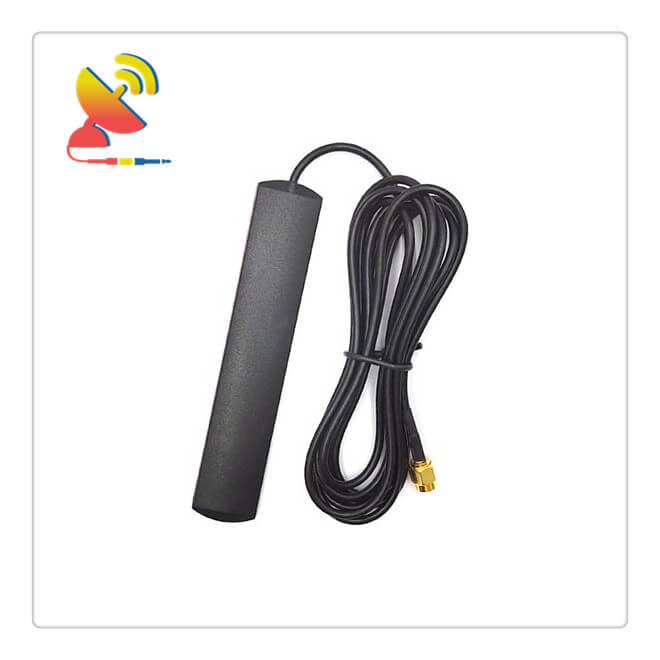
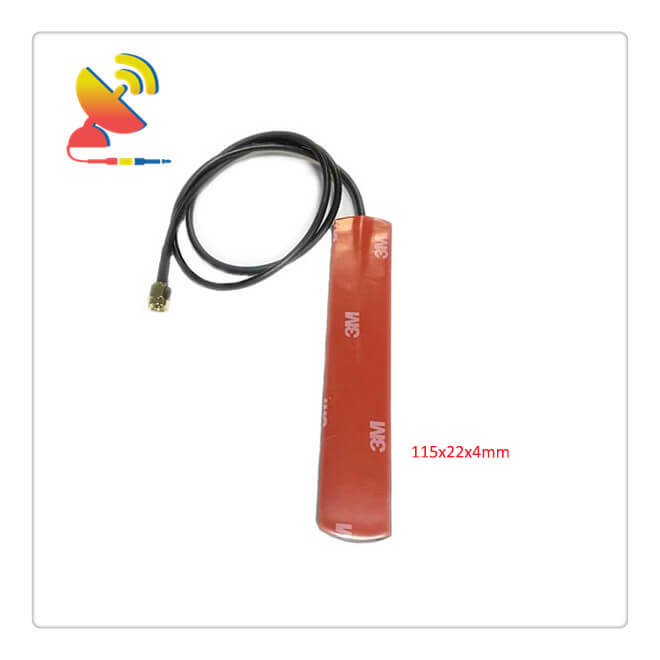

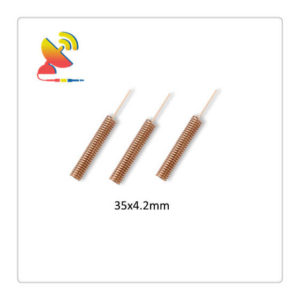
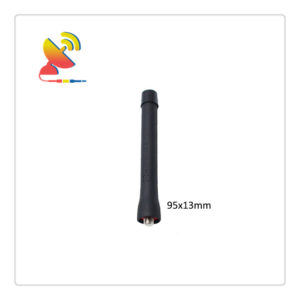
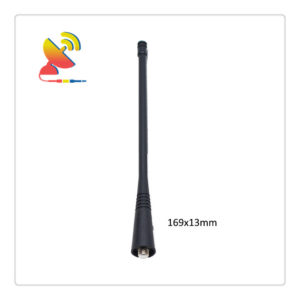
Reviews
There are no reviews yet.